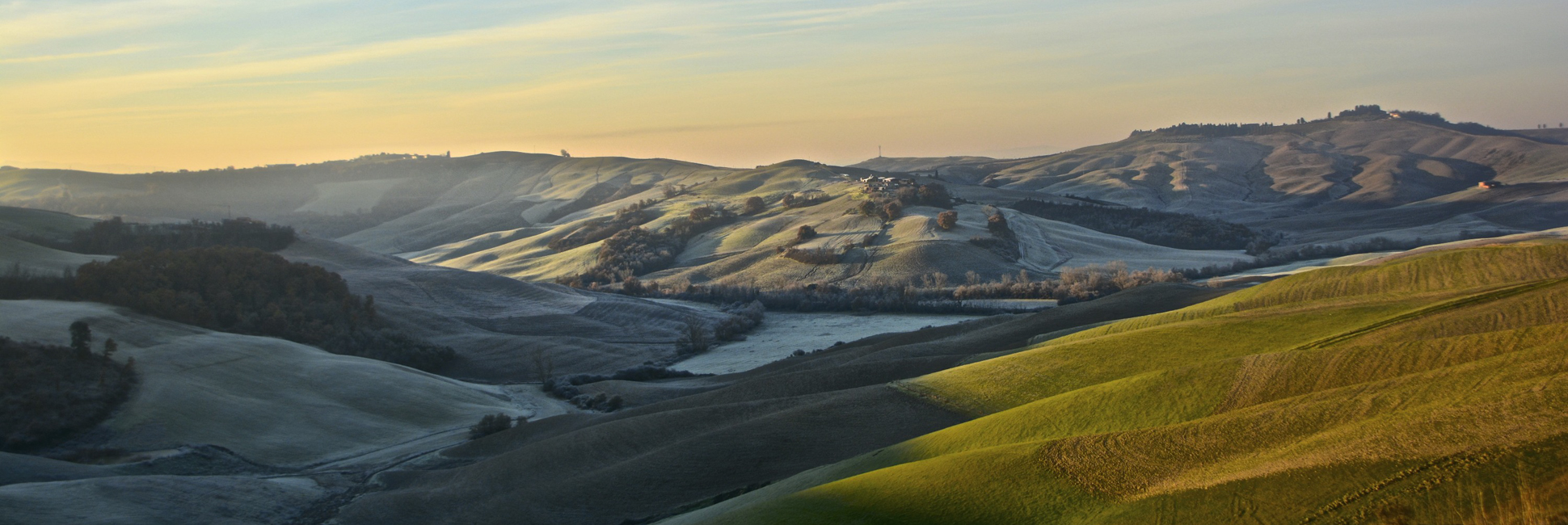Parish Church of St. Bartholomew – Orgia
To know the history of the Madonna of the Hermitage we have to go back to the 14th century, when a Hermitage was founded in the middle of these woods. It was a hermit himself, Friar Christopher of Siena, who in 1308 had a sacred image painted for the altar of the Hermitage, depicting the Madonna and Child on a wooden panel with a gold background, as was the custom in the Middle Ages.
This sacred image, by then very ruined, was chosen in 1779 to be brought to Siena and exhibited in the Cathedral on the occasion of Low Sunday (the first Sunday after Easter, so called because on that day the faithful baptised during the Easter Vigil, laid down the white habit worn at the time of baptism). According to tradition, on the following Saturday the inhabitants of Orgia and its surroundings went in large numbers to take back their Madonna, but instead of the old gold-backed panel, they found a beautiful, new painted canvas (the one that is kept today in the Church of St. Bartholomew): the other one was gone but no one cared to know what had happened to the old image; on the contrary, everyone left for Orgia, on foot, with the new Madonna on their shoulders, festive and even more devout for the gift received.
Still today, on 8 September, celebrations are held in honour of the Madonna of the Hermitage, with great involvement of the entire population, which, among other activities, organises a procession to bring the Madonna back to “Her” Hermitage in the middle of the forest.
Hermitage
From the village of Orgia we can take a road that goes up and down among the holly oaks, oaks, and chestnut trees of the dense forest of Montegutolo, until we reach the Hermitage, dedicated to the Nativity of Mary, where the Madonna “Comforter of the Afflicted” was once kept.
Along the way we can still find concrete evidence of the work of the woodsmen who were also intent on preserving the chestnut trees, once a veritable livelihood for the local people: indeed, there are “driers” where chestnuts were kept and dried to be processed into flour.
The first hermit to be documented was Friar Christopher of Siena, who in 1308 had the sacred image painted for the altar of the Hermitage on a gold background (probably made by an anonymous painter of the Sienese school) depicting the “Madonna and Child”, known as the Madonna of the Hermitage.
The most important event in the the history of the hermitage occurred in 1779 when the image of Mary (still the original 14th-century painting on gold panel) was displayed in the Cathedral in Siena to receive the city’s homage and veneration on Low Sunday.
But when the people of Orgia went to take it back, they no longer found the old painting, which by a “miracle” had been transformed into a new canvas again depicting the Madonna and Child. The happy faithful brought the new painting back to the Hermitage, no longer thinking about the old fourteenth-century panel.
Over the centuries, the inhabitants of these woods have also turned to the sacred image of the Madonna of the Hermitage during natural disasters, such as the terrible earthquake of 24 August 1907 that shook the entire Montagnola area of Siena or during the terrible hurricane, the so-called “ventone” (strong wind), which struck the town of Orgia and the entire surrounding area on 24 August 1929.
Special thanks to Don Giovanni Soldani who allowed us to visit the church, the hermitage and obtain the reference publications

